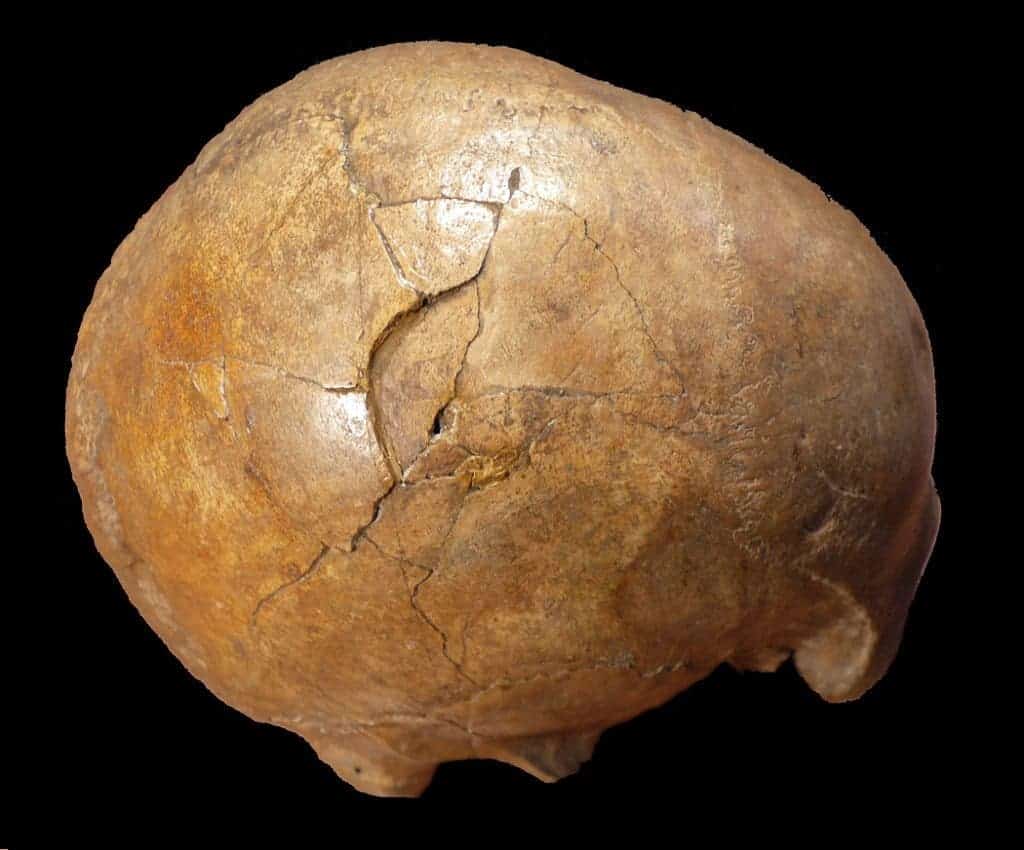A person in Transylvania was killed by a left-handed person using a bat-like object. The crime took place 33,000 years ago.

The Cioclovina skull has two large fractures on it — likely from interpersonal violence during the Upper Paleolithic. Image credits: Kranioti, EF. et al. PLOS ONE. 2019.
Walking through the lush forests near the Cioclovina Cave in Romania, you get a sense of peace and tranquility that’s rarely present in modern Europe. However, these lands weren’t always so peaceful: one of the world’s coldest murder cases on record took place in the area. A man was mysteriously killed 33,000 years ago.
All that’s left of the murder victim is a skull, which was discovered in the cave in 1941 by phosphate miners. Previous studies established that the skull belonged to an adult man and sustained heavy injuries, but couldn’t establish whether the injuries were inflicted before or after he died. So, a team of international researchers from Greece, Romania, and Germany took another crack at the case.
The new study concluded that not only the injuries were sustained during his life, but they were the reason he died.
“What our study shows is that this man was killed as a result of blunt force trauma” to his skull, said study senior author Katerina Harvati, a professor of paleoanthropology at the University of Tübingen in Germany. “The extent of the injuries that he sustained would have led to death. As to how or why this came about, we can only speculate.”
“Our results clearly showed that the fracture patterns observed on this skull could not have been produced after death, or from an accidental fall,” she added.
The location and position of the injuries also offer some insight as to how the crime actually occurred. Due to their geometry, it seems that the man and his aggressor were standing (or sitting) face to face, and since the injuries are on the right side of the skull, it appears that the killer was a leftie.
In order to confirm these hypotheses, the team used a CT scan to get a better view of the damage, and then produced 12 synthetic skull-like structures, subjecting them to different types of trauma. They dropped it to simulate falling and hit it with multiple types of objects. This showed that the damage was not accidental and was not produced by falling — instead, they were caused by a bat-like object.
The study was published in the journal PLOS ONE.









